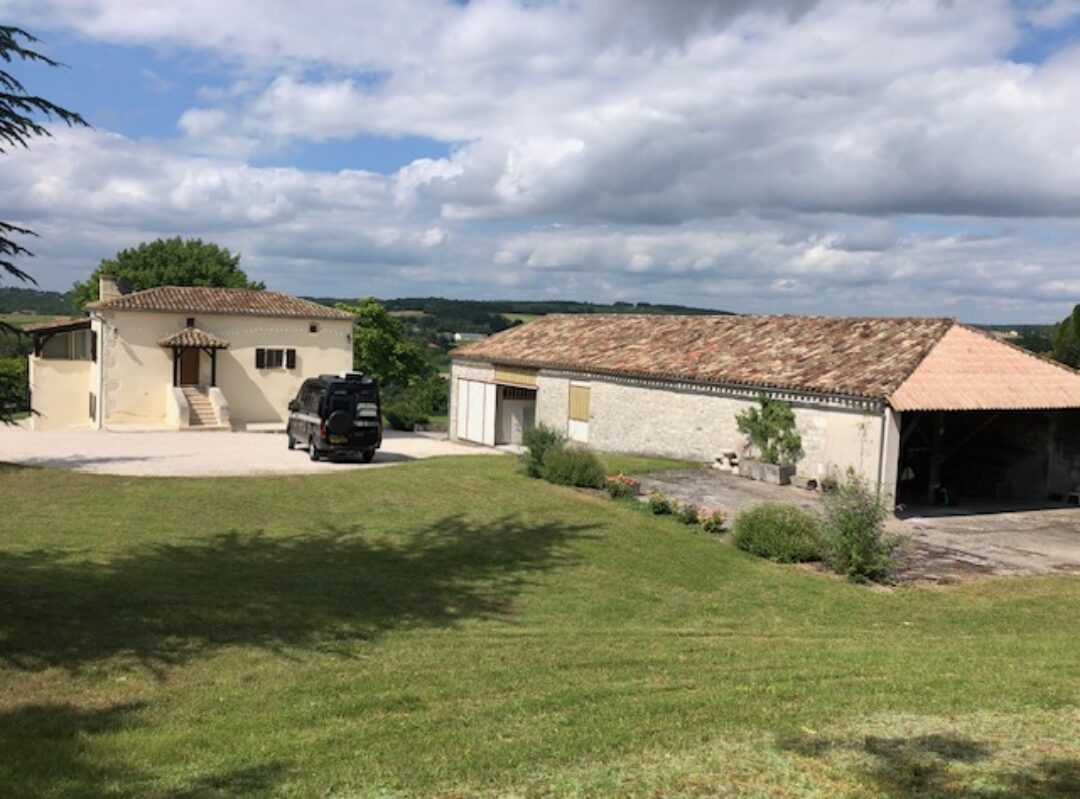We planned that our furthest point south on this trip into Spain would be Javea – or Xabia to give it its Valencian name – so we wended our way along the coast past orange groves and through more built- up resort towns. Javea was a pleasant surprise and its planning laws mean there are no high rise buildings that you see in other towns. Here the houses are nestled into the hills and development at coast level is all low rise so it was certainly the most appealing of all the coastal towns we have seen.

We based ourselves for a couple of days at a campsite on the edge of town and encountered here the most Brits we have seen to date. We spoke to a couple and it seems that quite a few Brits overwinter here at the campsite to take advantage of the warmer weather. Indeed we could see from their setups with large awnings and outdoor furniture that they were well settled and it’s easy to see why they, and the many expats here, enjoy this attractive area. The campsite was certainly well set up to a good standard and comparable to UK sites. The weather during our time there was actually a bit mixed with some rain but it didn’t stop us exploring the town which features the historic old town and the beach and port area. The old town was very quiet when we visited but we enjoyed a sangria Cava cocktail in the municipal market hall.



The port area also has a commercial area and lots of traditional bars and restaurants as well as a traditional fishing port and pleasure port.



We spotted a building with a much more striking architecture set a couple of streets back and assumed it might be a municipal building. When we explore£ more closely we found it was actually a church – Parroquia del Mar or Church of Our Lady of Loreto de Jávea – inaugurated in 1967. The wooden ceiling of the interior of the church is designed to represent the hull and keel of a boat. We were very glad not to have missed this wonderful building.





